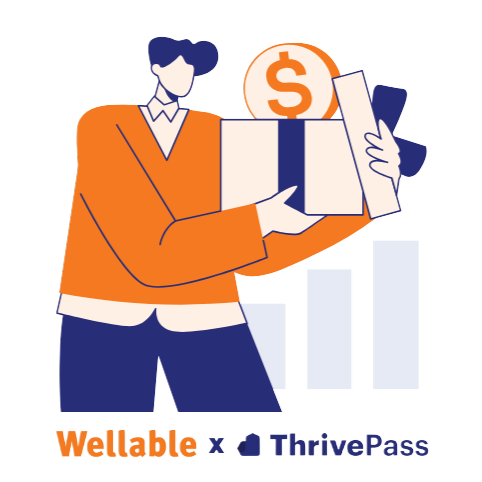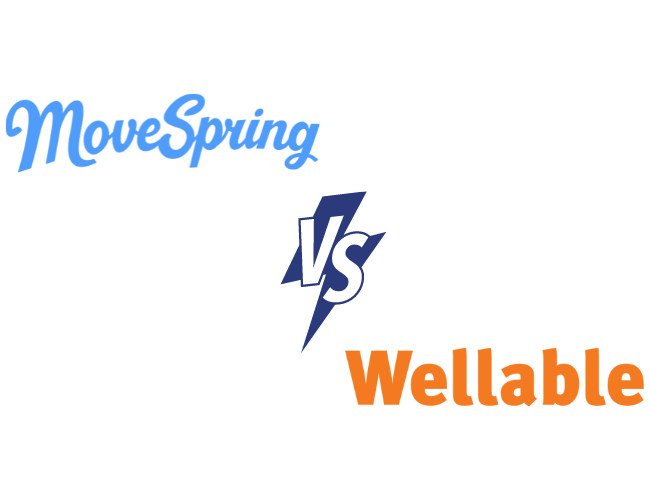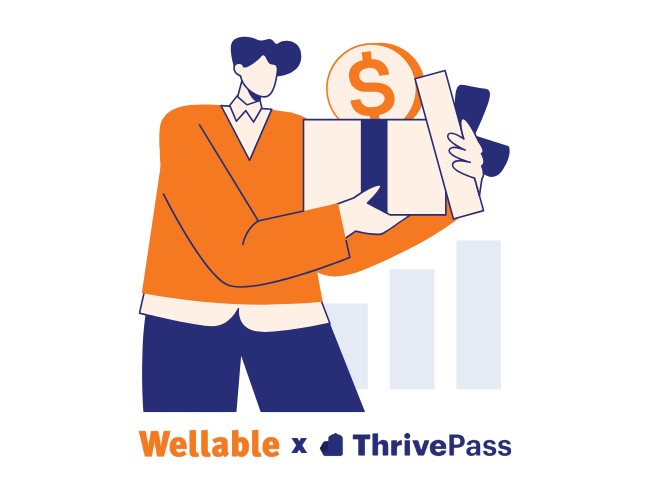“The best job candidates may have their pick of companies to work for, but employers don’t always have their pick of the best candidates. One reason for this is because some companies aren’t focusing on doing more to distinguish themselves from their competitors.” An article in Forbes highlights the importance of creating benefit packages that appeal to the workforce an employer wants to build. The article outlines eight unique benefits that can differentiate an employer from competing companies so they can secure new talent and retain the talent they currently have. The list of suggested benefits resonated with the Wellable team. Each one had a direct or indirect connection to employee health and wellness. Below are the benefits suggested by Forbes and how these benefits relate to employee wellness.
#1 Benefits That Focus On The “Why”
Forbes: “The best ROI on benefits results when leaders focus on the ‘why’ and then develop benefit programs that align with the higher purpose.”
Wellable: Wellness programs often fail because employers misunderstand the reason for having one in the first place. A healthy workforce has numerous financial and non-financial benefits, but the reason employers should have one is because they care about their employees and their well-being, not because they are trying to lower healthcare expenses. This is why programs focused on cost reduction looks so different from those focused on the emoployee.
#2 Holistic Wellness With Rewards
Forbes: “This could include giving employees rewards for all things related to health — physical and emotional…These are so easily tracked on APPs and communicate that the company truly cares.”
Wellable: Not much to add here…
#3 Things Employees Actually Want

Forbes: “Poll them. Listen. Respond. One major company I know took away weekly, local fruit. They didn’t realize how much it would hurt morale.”
Wellable: Every company is unique, but a survey showed “employees expressed the greatest preference for wellness and fitness programs at work (30%) followed by a point-based rewards system (25%),” which could also a point-based wellness challenge.
#4 Mini-Sabbaticals
Forbes: “Distinct from vacations and leaves of absence, sabbaticals can be designed in one- or two-week increments every few years to allow employees time off to focus on development or simply to refresh and regroup, away from the normal demands of the job.”
Wellable: There are a number of ways to keep employees well, and an opportunity to refresh (through sabbaticals, flexible work schedules, or 6-hour work days) is certainly one of them.
#5 Development Opportunities
Forbes: When it comes to recruiting millennials, employers “are finding that employees want to work for companies that will invest in their personal and professional development. The benefits of leadership development far outweigh ping pong tables.”
Wellable: Personal development includes learning to live a healthy and balanced life, manage stress appropriately, and achieve health-related goals.
#6 Parental Flexibility
Forbes: “Offer maternity and paternity leave, including to those who adopt children. Additionally, allow for telecommuting and flex work schedules so parents can be involved in both their work and family lives.”
Wellable: Successful wellness programs support employees in trying to find the time to be healthy, especially when available time seems to shrink (during parenting).
#7 Personal Branding Help
Forbes: “When employees are encouraged to understand and share their personal brands, both the company and the employee benefit.”
Wellable: Ever talk with someone who successfully achieved a personal health goal? Success in healthy living, especially when it involves a big change in someone’s life, is part of their personal story.
#8 A Sense Of Community
Forbes: “Companies that can create a powerful sense of community tend to attract and retain talent. Humans are wired for connection and seek belonging.”
Wellable: There are lots of ways to build community within an organization, and it does not always have to center around work. Employees build community through fitness classes and team-based wellness challenges.












